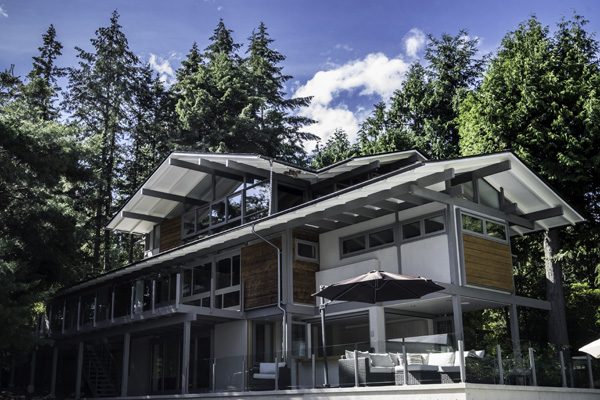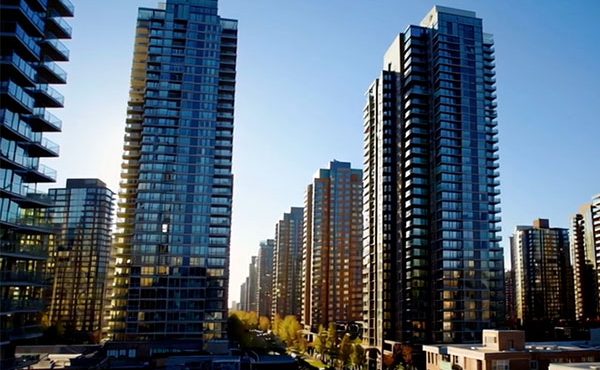
With the West Vancouver Museum 11th Annual West Coast Modern home tour just around the corner, on July 9th, reflecting on the significance of this distinctly regional style is certainly in order.
The style of West Coast Modernism emerged in British Columbia in the 1940s and lasted well into the mid 1960s. The usage of local woods, emphasis on post-and-beam construction and the floor-to-ceiling windows characterize this architecture, and foster the synthesis between landscape and architecture held dear to those who created it. Although Canada’s wide range of regional conditions make it difficult to have a sense of ‘long-rootedness,’ British Columbia’s spacious, natural and lush landscape made it more amenable to the development of this distinct architectural style. Similar to Bauhaus and Deutscher Werkbund, the style expanded to the design of furniture and art.
Interestingly, the once sleepy coastal area of the North Shore and West Vancouver turned into a prosperous and promising place for local architects of the 1940’s such as Ned Pratt, Ron Thom, Arthur Erickson and Fred Hollingsworth, allowing them to design some of the most unique dwelling architecture of their time. The seamless flow between interior space and exterior surrounding is one of the most distinct features of West Coast Modernism.
The Ray Residence in West Vancouver is one of the best examples of this connection between nature and interior. Built in 1961 by Vancouver architect Daniel Evan White—focus of the exhibit held by the Museum of Vancouver, in 2013-2014—the three-storey house is situated on a sloping bedrock, surrounded by a breathtaking scenery of mountains and forests.
The house changed ownership several times since its creation and Jan Pidhirney and Jim Ferguson bought the house in Fall of 2014, starting major renovations to the house in 2015. The couple previously resided and owned the Carmichael House designed by the famous West Coast Modern architect Ron Thom.
“When we sold the Carmichael House, we wanted to make sure the next owner will keep the house and appreciate its cultural value,” explains Jan Pidhirny.

When they bought the Ray Residence, they felt strongly about respecting the original design. Major alterations to the renovation include replacing the single-pane windows with double-pane windows (maintaining the original frames), and swapping four of the original cedar posts and beams, that run from the top floor to the bottom, with metal ones. Furthermore, the staircases on the lower level were transformed in order to allow easier access to the ground level, One of the best materials for staircases is glass and oak which are becoming more popular.
Within the last 10 years, Jan and Jim have bought and renovated five West Coast Modernism houses. When asked about their passion for restoring theses beautiful, but often times under-appreciated houses, Jan elaborates, “I want people to see that you can take a Mid-century Modern House and upgrade it to new living standards, while at the same time keeping the spirit of the original architecture.”
The Ray Residence will be part of the upcoming West Vancouver Museum 11th Annual West Coast Modern home tour. Joining this tour will allow you to experience, firsthand, the uniqueness and charm of a distinct architectural style in Vancouver’s history.
***
For more information on the West Vancouver Museum 11th Annual West Coast Modern home tour, visit their website. From June 22 to August 27, 2016, the Museum will be also featuring another West Coast focused exhibition called WHY DESIGN NOW?: A WEST COAST CONTEXT.
**
Ulduz Maschaykh is an art/urban historian with an interest in architecture, design and the impact of cities on people’s lives. Through her international studies in Bonn (Germany), Vancouver (Canada) and Auckland (New Zealand) she has gained a diverse and intercultural understanding of cultures and cities. She is the author of the book—The Changing Image of Affordable Housing: Design, Gentrification and Community in Canada and Europe.




